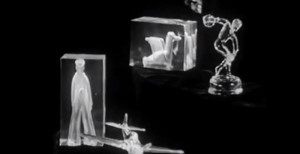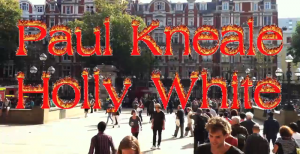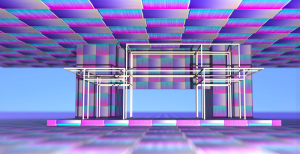Hell As Pavillion at Palais de Tokyo demonstrates the diversity of modern Greek culture and the confusion that lies in its identity. A play on words –between ‘hell’ and the Greek Hellas –the event is an unexpected trip through the Hellenic and, by extension, European psyche. The selection of live performances and screenings, alongside an exhibition, provide the spectator with a global perspective of a society in crisis.

Roaming through the exhibition one stumbles upon a video-art piece called The Black Circle. It combines recordings of live performances by art duo KavecS, as well as footage from the streets of Athens; religious symbols, football fanatics ranting about politics. It pieces together a representation of the confusion of identity that reigns over contemporary society. These images question our ability to have a united identity and to combine our cultural and historical background with the new world order where even the terms of masculinity and femininity are put to the test. During their live performance, artists Vana Kostayola and Kostis Stafylakis, role-play as a frustrated and emasculated man, a woman mocking him for his frustration, while anarchists, or their look-alikes, propose a solution in National Anarchism. They interrupt their rantings as if all this is an elaborate rehearsal and not the actual performance. The video is perplexing, at times chaotic and confusing, i.e. a perfect depiction of the European predicament, not as depicted on mainstream media but as felt by the people living under this stressful period of upheaval.
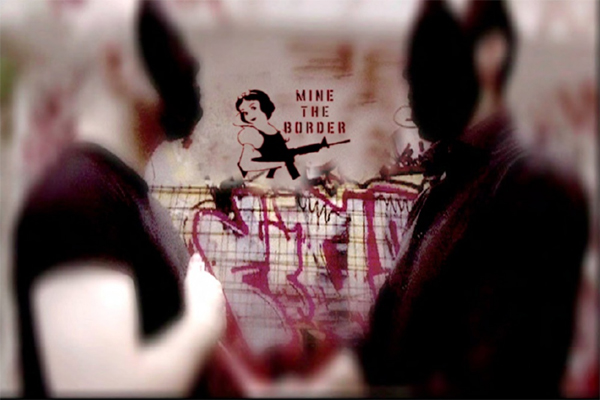
The Appendix Film is a selection of art, documentary and feature films that –through a diversity of genres from black and white reels about a Greek monastery, the psychedelic art of Fiction, a documentary about the Acropolis –once again, shows us that nothing can be pigeonholed under a single convention, least of all a cultural and social identity. The films span from the 1950s through to the present day and provide us with an inside look at a Greek art scene that is rarely talked about. The films are inspired by the country’s myths, allegories and religious symbols; its urban environment and the cultural and social pylons of Greek society. While, intended for a global audience, these manage to avoid the folklore and preconceived notions of the culture they represent.
A film that really stands out is The Capsule by Athina Rachel Tsangari. It’s a Gothic mystery, taking place in a Cycladic mansion, where several women participate in games of discipline, desire discovery and disappearance. The idyllic setting, a staple of Greek imagery for foreigners, is a reminder that nothing is as it seems. If we take the time to look under the beautiful cut out postcard, we can find unholy and dangerous deeds committed under the bright sun as the film transcends cinematic boundaries and opens a dialogue with avant-garde fashion and fine arts.
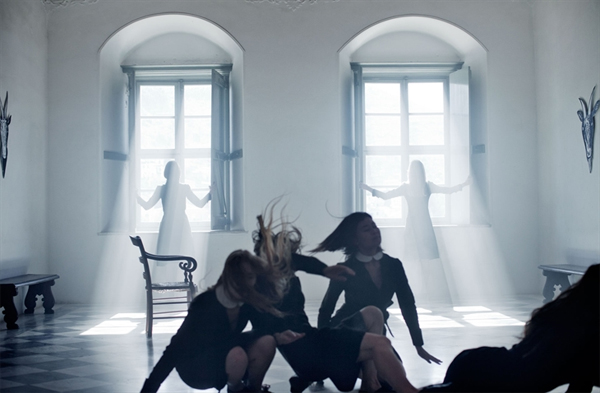
Nobody can predict how the current economic disaster will change the world. The only thing that is certain is that it transcends economy and (as cliché as it sounds) is a crisis of identity. It’s a reevaluation of Greece’s social, cultural and political place in the world and, specifically, Europe.
Hell As Pavilion runs at Palais De Tokyo from Wednesday, February 27 to Thursday, April 4, 2013.

